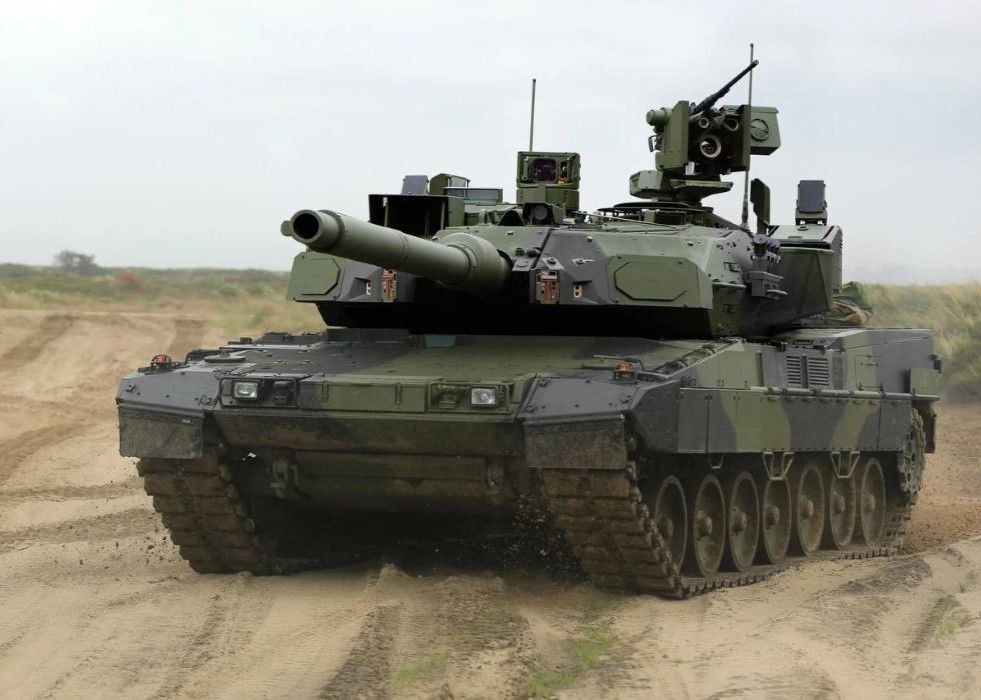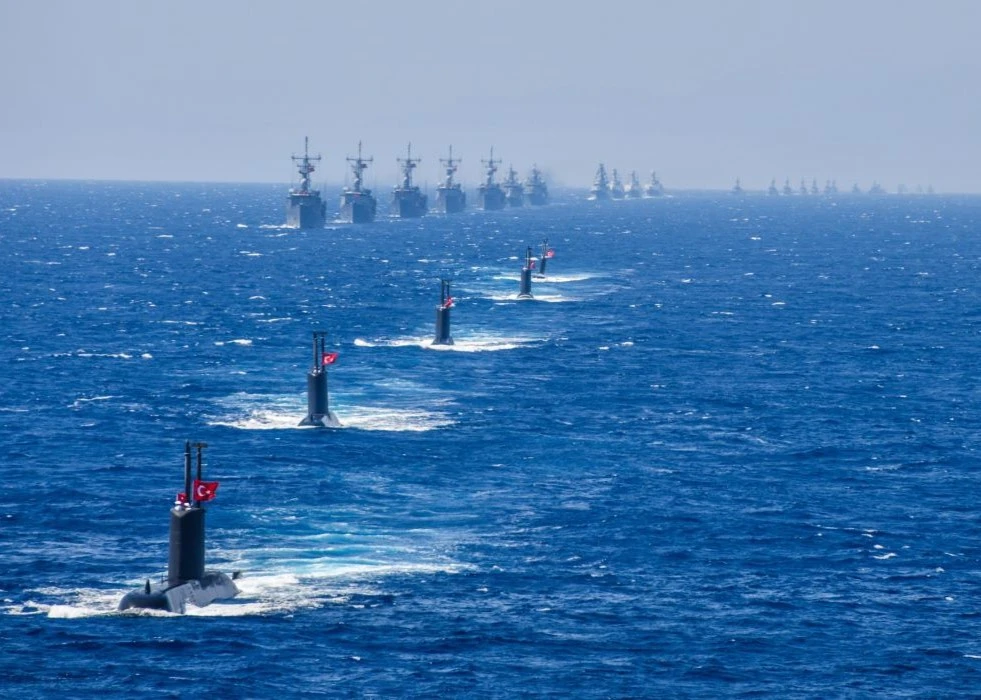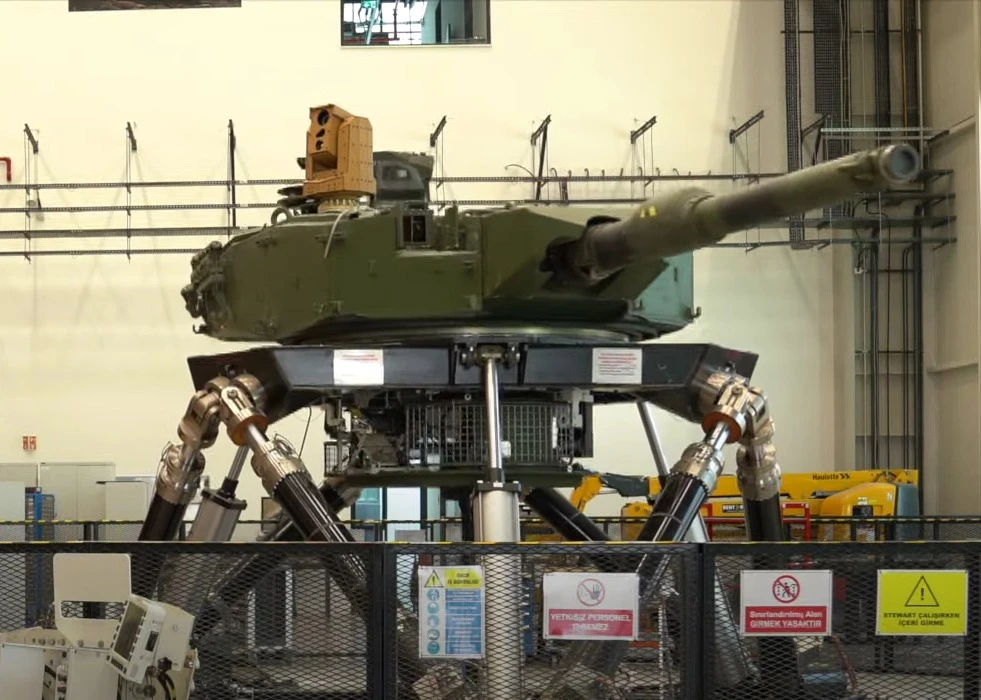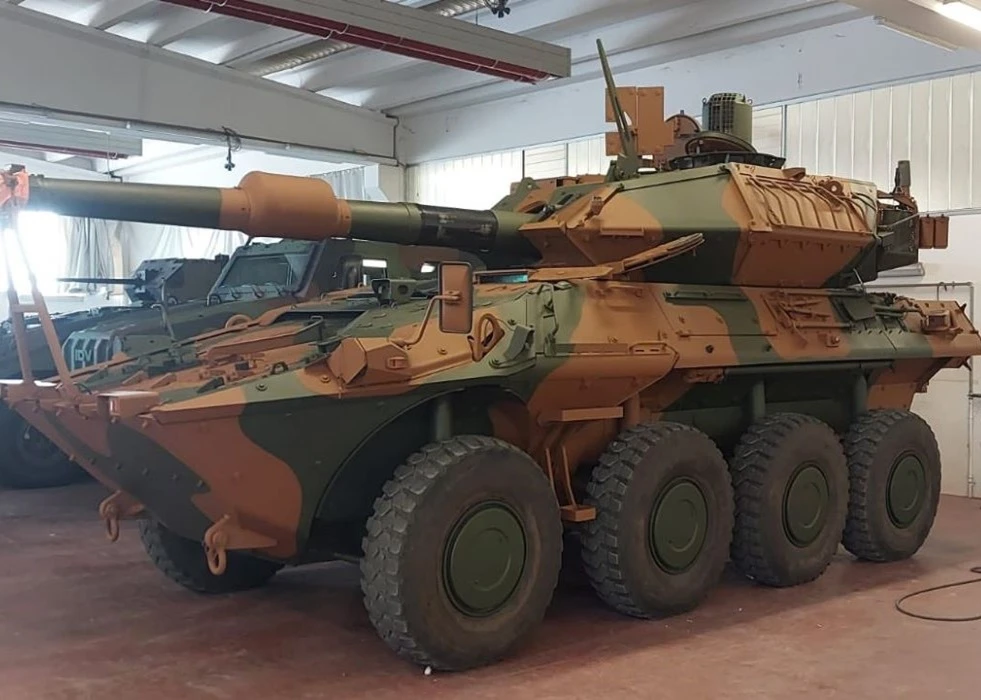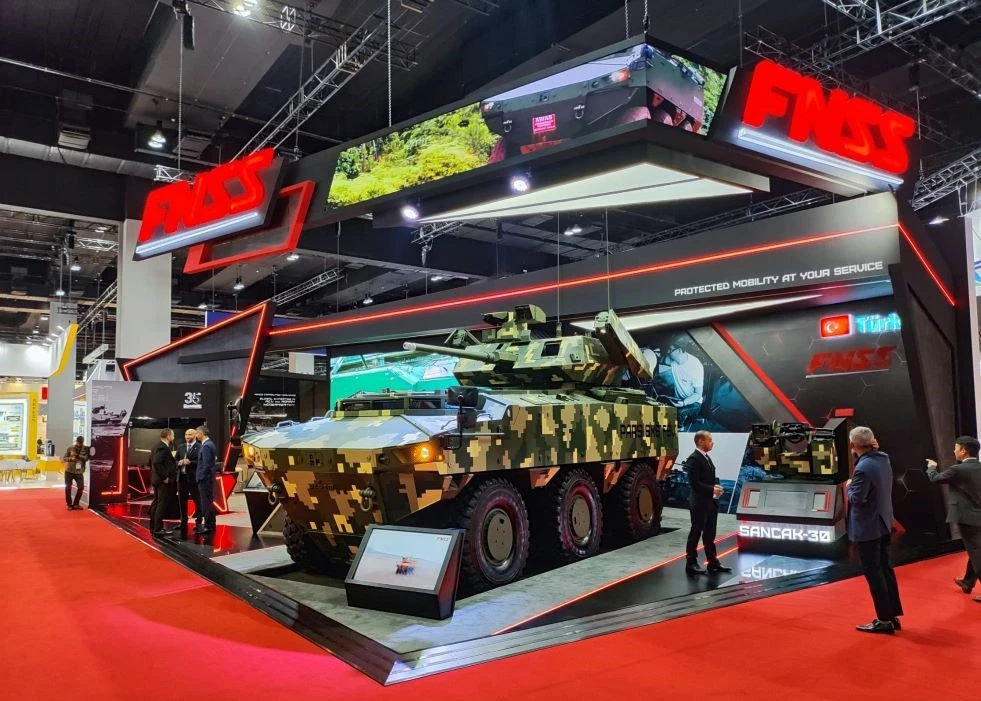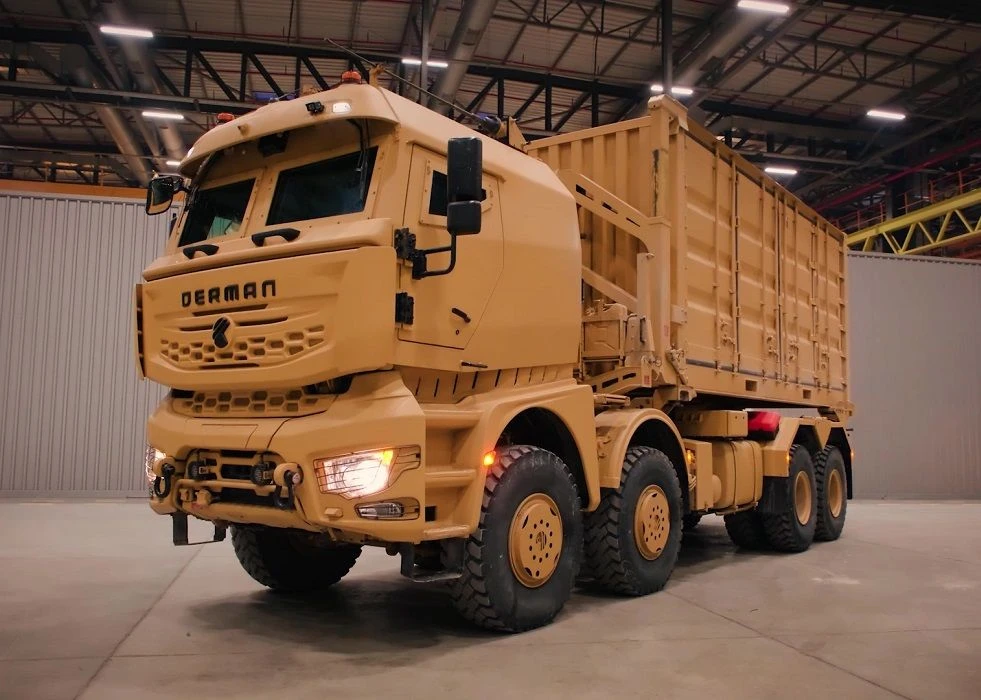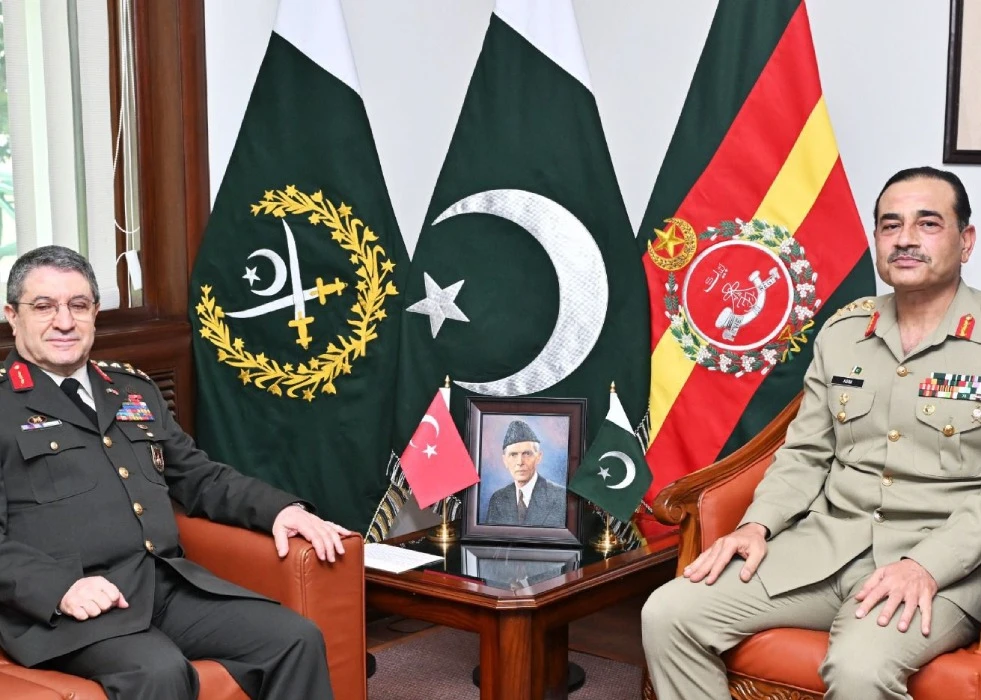The country will acquire Leopard 2 main battle tanks from the Franco-German partnership KNDS. In this context, procuring at least 125 vehicles is envisaged. Among the information shared, all vehicles to be purchased from the KMW and Nexter partnership will be brand-new. It is also stated that the tanks that will enter the Italian inventory will be named Leopard 2A8IT.
In addition to the tanks, the contract also includes procuring the necessary logistics infrastructure and support vehicles. In this context, the acquisition of armoured recovery vehicles, engineering and bridge layer tanks based on the same chassis is also on the agenda.
The A8ITs, which Italy has agreed to procure, will have differences from other Leopard 2 variants. According to the agreement, Leonardo's production fire control systems, communication, command and control equipment will be integrated into the tanks. Flexibility will also be provided for the use of other possible Italian parts. In addition, the 2A8s will also feature EuroTrophy, the Europeanised version of the Trophy active protection system. Finally, it is stated that the tanks will be suitable for using modern ammunition families that provide higher firepower and penetration capability.
Rome had decided to re-evaluate its military infrastructure by taking action upon Russia's attempt to invade Ukraine. The report prepared after the studies stated that only 50 of the 200 Ariete C1s were currently available.
It is likely that the Italian army, which relies on Leopard 1s for the rest of its mechanised power, has resorted to foreign acquisition to speed up the processes. Otherwise, it is known that the development of a new vehicle would disrupt the processes. Nevertheless, it is noteworthy that Italy, which has a deep-rooted history in the defence industry, has turned to ready-made purchases from abroad.
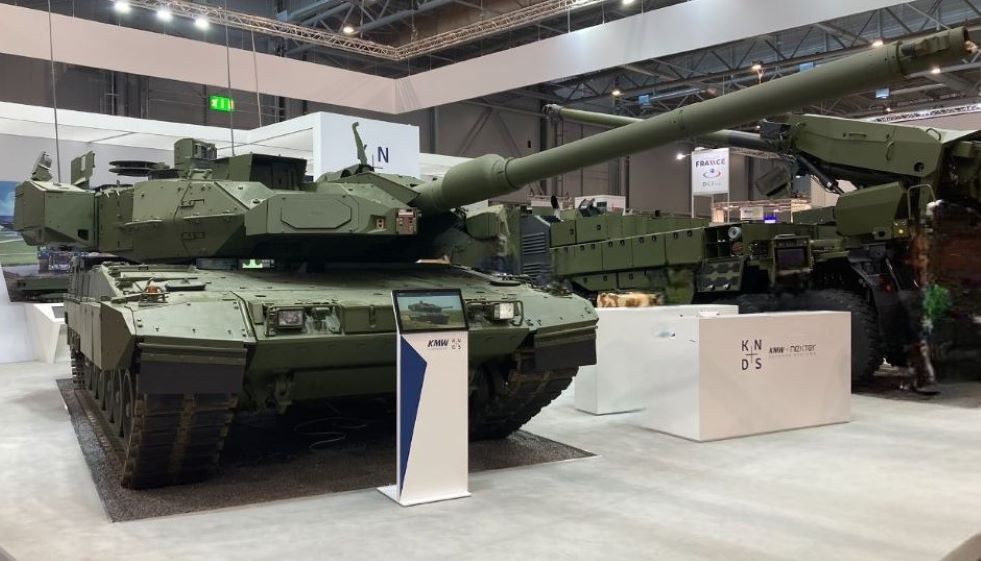
Finally, the development is critical in terms of monopolisation in Europe. The mergers and bankruptcies following the end of the Cold War have eliminated the supplier flexibility of the past. This means that the range of producers and, therefore, the variety of products is much narrower today than in the past. This is clearly leading to less competition and higher prices as well. If the trend is not broken, it can be assessed that Europe will become a monopoly and be left to a few hands in terms of supply and logistics in a possible comprehensive war, leading to significant problems.

